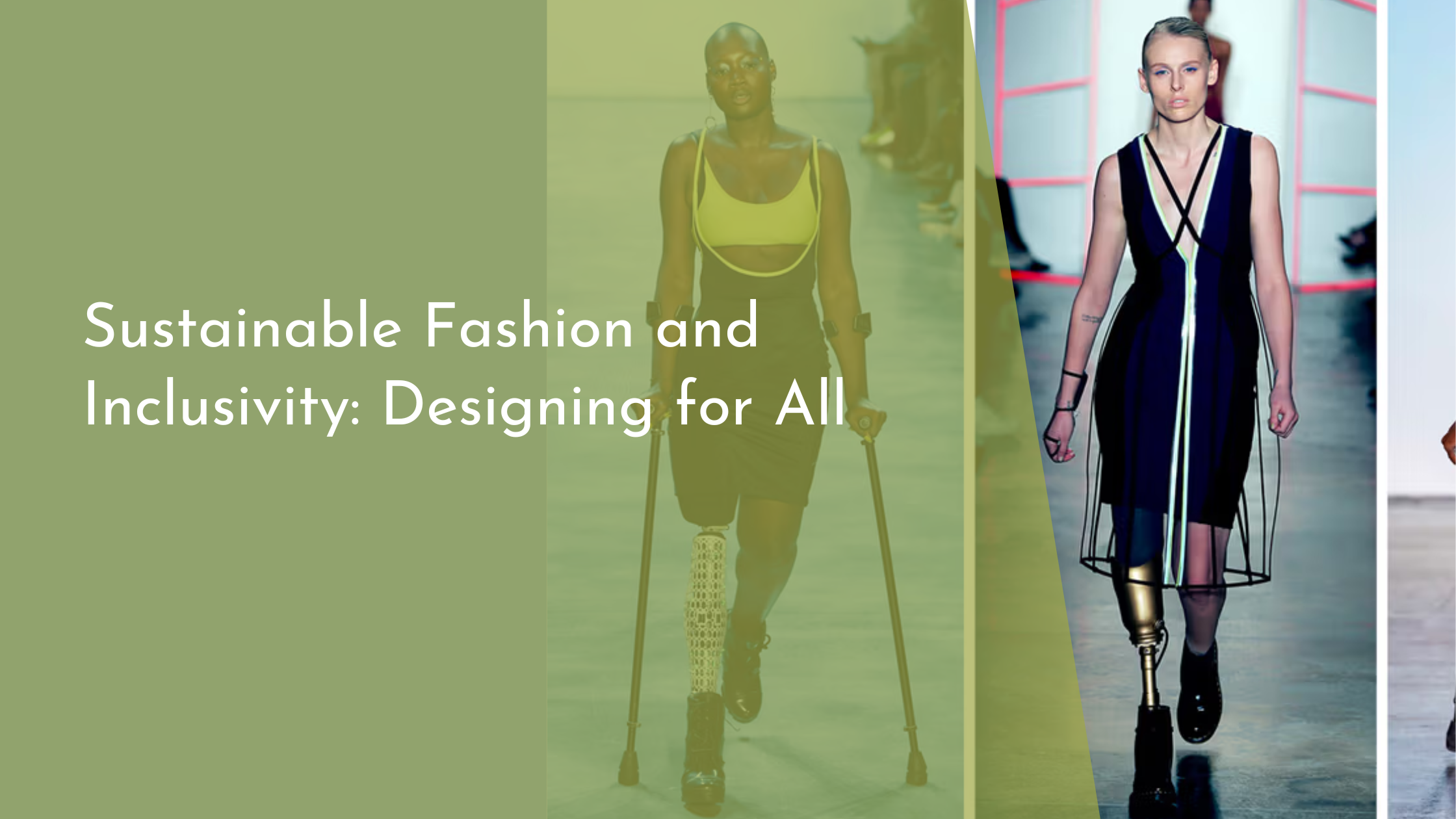Sustainable Fashion and Inclusivity: Designing for All
In recent years, sustainable fashion has garnered significant attention as the industry grapples with the environmental impact of fast fashion. However, another crucial aspect is emerging within this movement: inclusivity. As designers strive to create sustainable apparel, there’s a growing recognition of the importance of crafting pieces that cater to diverse body types, ages, and cultural backgrounds. This article explores how sustainable fashion can be inclusive, examining its impact, embracing diversity, and spotlighting innovations and success stories in the industry.
Understanding Sustainable Fashion’s Impact
Sustainable fashion is not just a trend; it is a necessary evolution of the fashion industry, aimed at reducing environmental harm and promoting ethical practices. This movement focuses on creating clothing that is environmentally friendly throughout its lifecycle—from raw material sourcing to production, distribution, and disposal. By switching to organic materials, reducing water waste, and minimizing carbon emissions, sustainable fashion brands are setting new standards for the industry. These efforts are important not only for the health of our planet but also for ensuring that future generations have access to the resources needed to sustain their lifestyles.
Moreover, sustainable fashion has the potential to affect consumer behavior significantly. As consumers become more informed about the environmental and social implications of their purchases, they are increasingly demanding products that align with their values. This shift in consumer mindset is driving brands to be more transparent and accountable. Sustainable fashion encourages consumers to buy less but choose better, investing in timeless, quality pieces that have a lower impact on the environment. This change not only supports the planet but also fosters a more ethical and inclusive fashion industry.
Embracing Diversity in Sustainable Design
Embracing diversity in sustainable fashion design is essential for creating a truly inclusive industry. This means recognizing and valuing the vast array of body types, ethnicities, genders, and abilities that exist and ensuring fashion caters to all. Designers are beginning to challenge the traditional norms of the fashion industry by creating collections that are size-inclusive, offering a wider range of sizes and fits. This approach not only celebrates the diversity of the human body but also empowers individuals to express themselves through fashion without limitations.
Furthermore, cultural inclusivity in fashion design is equally important. Celebrating cultural diversity means incorporating traditional techniques, motifs, and stories into modern fashion, while respecting and acknowledging their origins. By collaborating with artisans and communities worldwide, sustainable fashion brands can create unique pieces that honor cultural heritage. This not only enriches the fashion landscape but also supports local economies and preserves traditional craftsmanship. Diversity in design not only broadens the appeal of sustainable fashion but also reinforces the importance of representation in the industry.
Innovations Bridging Sustainability and Inclusivity
Innovations at the intersection of sustainability and inclusivity are reshaping the fashion industry, offering new solutions that cater to diverse consumer needs while remaining environmentally responsible. One such innovation is the development of adaptive clothing, designed specifically for individuals with disabilities. These garments incorporate functional features like magnetic closures or adjustable hems, making dressing easier and more comfortable for people with varying abilities, without compromising on style or sustainability.
Another exciting innovation is the use of digital technology to customize apparel. Brands are employing 3D body scanning and AI-driven design tools to create garments tailored to individual body shapes and preferences. This not only reduces waste by minimizing returns due to poor fit but also empowers consumers to take control of their fashion choices. By combining technology with sustainable practices, the fashion industry can address the demand for both inclusivity and environmental responsibility, paving the way for a more inclusive future.
Celebrating Success Stories in Fashion Inclusivity
Several brands and designers are leading the charge in creating inclusive and sustainable fashion, setting inspiring examples for the industry. One notable success story is Universal Standard, a brand that offers clothing in sizes ranging from 00 to 40, ensuring that style is accessible to all, regardless of size. Their commitment to size-inclusivity, combined with the use of sustainable materials, demonstrates that fashion can be both eco-friendly and inclusive.
Another success story is the rise of adaptive fashion lines, such as Tommy Hilfiger’s adaptive clothing collection. This line is designed to meet the needs of individuals with disabilities, featuring thoughtful design elements that promote ease of use and comfort. By prioritizing both sustainability and accessibility, such brands are challenging industry norms and proving that fashion can be a powerful tool for inclusivity. Through their innovative approaches and dedication to inclusivity, these brands are not only changing the fashion landscape but also inspiring others to follow suit.
The fusion of sustainability and inclusivity in fashion is not just an ideal but a necessary evolution of the industry. As consumers become more conscious of their environmental and social impact, the demand for clothing that respects both the planet and the diversity of its people continues to grow. Through understanding the broad impact of sustainable fashion, embracing diversity, and celebrating innovations and success stories, the fashion industry is poised to lead a new era of ethical and inclusive design. With continued efforts and commitment, sustainable fashion can truly be for everyone, paving the way for a more inclusive and environmentally responsible future.

